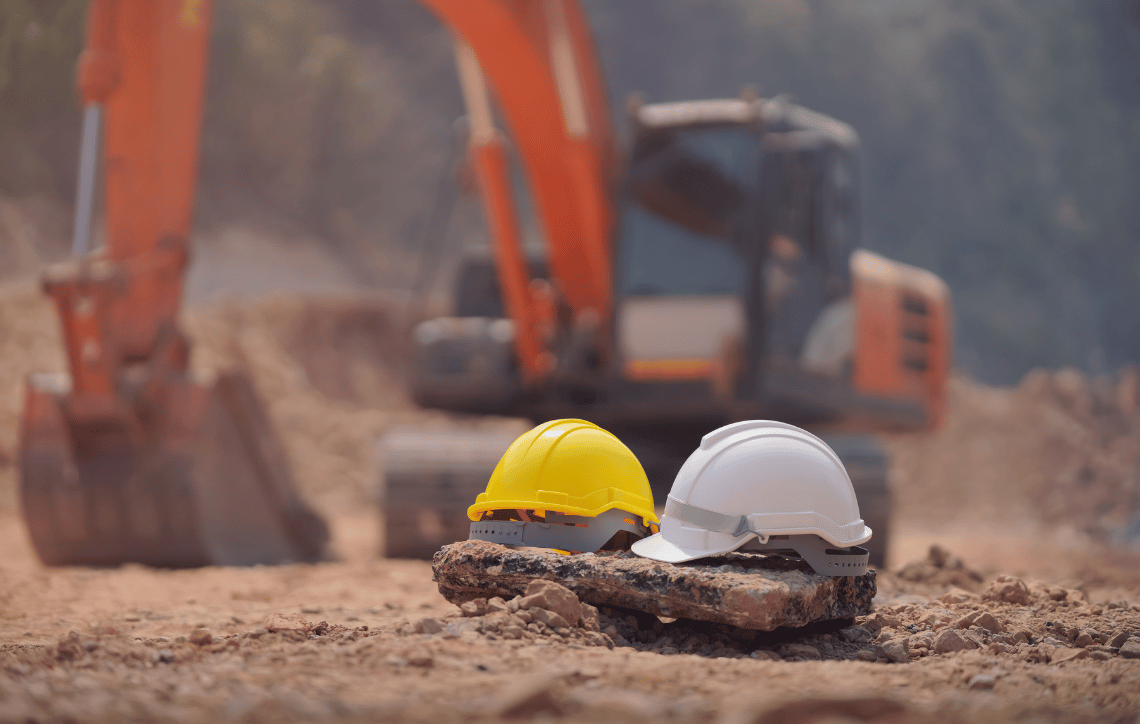Creating a Greener Construction Site: The Role of Erosion Control Solutions in Sustainable Development
In an era where climate change and environmental sustainability dominate the global agenda, the construction industry stands at a pivotal intersection. Traditionally viewed as a significant contributor to environmental degradation due to practices that cause soil erosion, construction sites are now becoming laboratories for sustainable development and innovation. In this comprehensive exploration, we will dissect the impact of erosion on construction, unravel the key solutions at our disposal, and project into a future where the green site is the standard, not the exception.
The Impact of Erosion on Construction Sites
Erosion on construction sites is a problem with far-reaching consequences. It occurs when soil particles are dislodged by water, wind, or human activity and are transported to another location, often into waterways. The results are alarming—increased sedimentation in water bodies, compromised soil fertility, and even public health risks due to pollutants carried by eroded soils.
The U.S. Environmental Protection Agency (EPA) has estimated that erosion from construction sites is the cause of nearly 20% of all sediment pollution, leading to high cleanup costs and numerous environmental impacts. The statistics underscore the urgency for effective erosion control measures to be an integral part of sustainable construction practices.
Erosion Control Solutions
Types of Control Measures
Erosion control takes on various forms, each designed to mitigate the loss of soil and safeguard the environment. The first line of defense usually includes barriers such as silt fences and soil wraps. For areas at greater risk, vegetative solutions like hydroseeding and erosion control blankets offer longer-term protection by creating an interwoven network that secures the soil.
Benefits of Implementation
Implementing erosion control solutions is not just about compliance with environmental regulations; it goes beyond, offering tangible benefits. These techniques can preserve the construction site's topsoil, maintain the site's consistent and agreed-upon footprint, and reduce the risk of fines or sanctions. Ultimately, they foster a more sustainable framework for the project.
Challenges and Considerations in Implementation
Even the most well-intentioned construction efforts face hurdles in implementing effective erosion control. From unpredictable weather patterns that can compromise control structures, to the logistics of deploying these measures in remote or challenging terrains, the road to a green construction site isn't without its twists and turns.
Common Hurdles
Regulatory compliance often poses a significant barrier, as does the upfront cost of implementing erosion control solutions. However, these challenges are not insurmountable and are often outweighed by the long-term benefits and the growing availability of grants and incentives for sustainable projects.
Selecting the Right Measures
Selecting the appropriate erosion control measures for a specific construction site involves a comprehensive assessment of the site's risk factors and the project's context. Soil type, slope, expected weather patterns, and proximity to water bodies are critical in determining the most effective strategy.
Future Trends and Innovations in Erosion Control
The horizon for erosion control is abuzz with innovation. As technology intersects with environmental stewardship, construction sites of the future are likely to employ sophisticated solutions that are not just reactive but predictive, harnessing the power of data and smart materials to stay ahead of erosion threats.
Emerging Technologies
Drone technology is already revolutionizing erosion monitoring, providing real-time data that can inform preemptive measures. Similarly, the development of biodegradable erosion control products offers a sustainable alternative to traditional, more invasive techniques.
The Role of Research and Development
Public and private investments in research and innovation are driving the field forward. By collaborating with environmental engineers and construction experts, R&D is forging new paths toward more effective and sustainable erosion control solutions.
In conclusion, the role of erosion control solutions in sustainable construction cannot be overstated. They stand not only as guardians against environmental degradation but also as pillars supporting the movement towards a more responsible industry. By learning from past experiences, tackling current challenges, and looking to the future with innovation, the construction sector has a unique opportunity to redefine its legacy—one that builds not only structures but also greener, more resilient communities.
Ready to make a positive impact on the environment with your construction projects? Choose ECS Products for reliable erosion control solutions. Our range of products, expert knowledge, and sustainability commitment help create greener sites. Contact us to learn more about our services and products.



